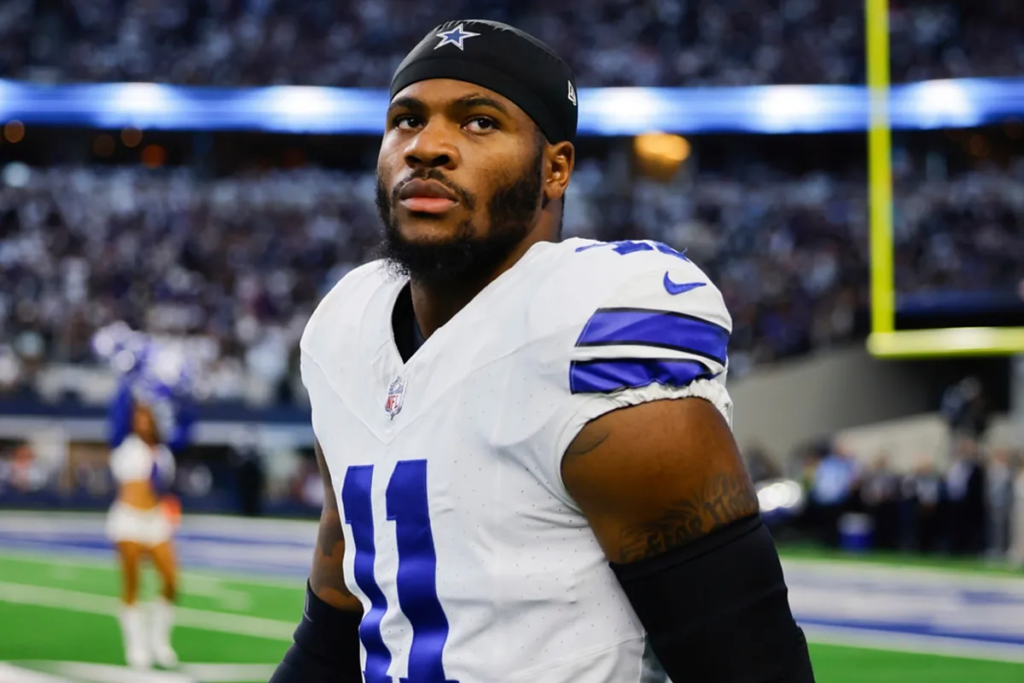The Dallas Cowboys and Micah Parsons find themselves at a critical inflection point. With Parsons still operating under the fifthyear rookie option and no longterm contract on the table, both parties are in a standoff that could have significant implications both on and off the field.
Though the 25-year-old was selected 12th overall in the 2021 draft after an outstanding career at Penn State, including two All-American seasons and a consensus linebacker honor, Dallas has yet to finalize an extension.
Instead, the franchise opted to exercise its fifthyear option, guaranteeing roughly $24 million for 2025. While this figure is substantial, it leaves Parsons one year away from free agency, where the market for elite pass rushers has exploded.
Defensive stalwarts like Myles Garrett and Maxx Crosby recently secured deals in the $35-40 million per season range. Myles Garrett inked a $40 million AAV extension, while Crosby landed $35.5 million annually.
Micah Parsons, who combines elite passrush production with linebacker versatility, is poised to command even more. Experts suggest a total package that could flirt with $200 million.
This delay in negotiations is striking, particularly given Dallas‘ history of similar tendencies. The franchise’s delays with Dak Prescott and CeeDee Lamb extensions ultimately resulted in pricier contracts later on.
Complicating matters further are reports suggesting that Jerry Jones bypassed Parsons‘ agent in early talks, choosing to negotiate directly with the player.
Parsons reportedly refused to continue unless his agent, David Mulugheta, was involved, raising potential CBA compliance questions. This more personal negotiation style may prove counterproductive, especially given how negotiations with highperforming players generally operate.
Midseason dent or late-year breakout?
On the field, Parsons continues to impress: over his four seasons, he has recorded 52.5 sacks, earned four consecutive Pro Bowl nods, and collected two first-team All-Pro selections.
Yet, questions remain about his postseason impact; both critics and observers point out that his playoff numbers have been modest compared to his regular-season dominance.
Criticism peaked when analysts noted that Parsons frequently dominates weaker offensive lines but produces less in high-stakes playoff games.
One analyst on The Herd highlighted how “He’ll make highlight plays, but he’ll beat really bad corners…20.5 of Parsons’ career sacks have come against Washington, New York Giants and Carolina”. Parsons‘ postseason stats-just one sack in four playoff appearances-seem to support that skepticism.
However, supporters point out that his knack for creating pressure, he is among the most productive pass rushers in the league, often deployed both inside and outside, a testament to his adaptability and rare athleticism.
Parsons himself has noted that college sack numbers don’t always predict pro production, and he praised prospects like Shemar Stewart, implying an understanding of context beyond raw stats.
Read the full article here

